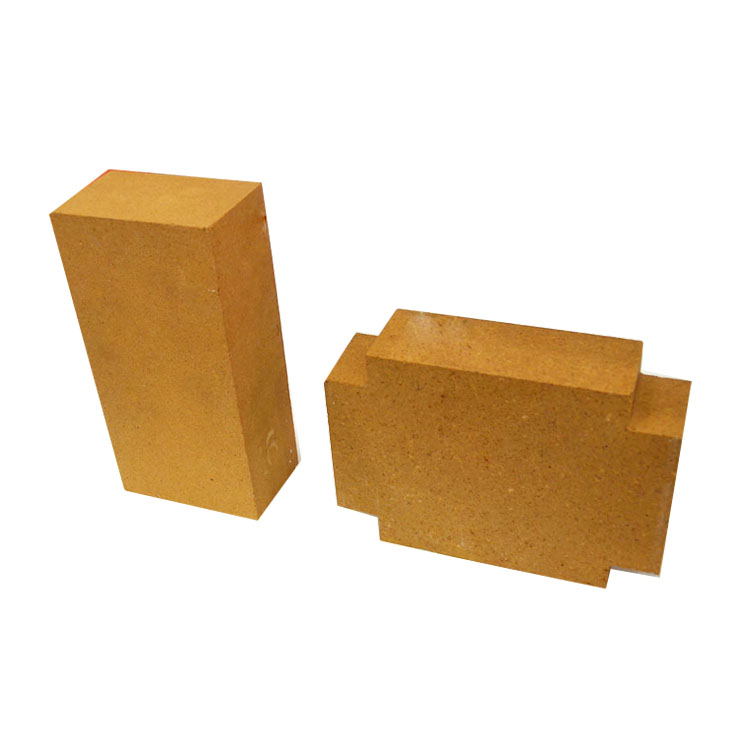
Magnesium carbon bricks are vital refractory materials widely used in industrial furnace lining, thanks to their exceptional thermal shock resistance and corrosion resistance. A critical component influencing their performance is the binder resin used during manufacturing. This article explores effective strategies for optimizing binder resin usage in magnesium carbon brick production to enhance quality, durability, and overall performance.
The raw materials for magnesium carbon bricks typically include fused magnesia, high-grade graphite, and organic binders. Selecting premium-grade fused magnesia with a purity above 97% and consistent particle size distribution is indispensable for mechanical strength and resistance to slag erosion. Similarly, the graphite should have high crystallinity and purity to ensure adequate thermal conductivity and dimensional stability.
Prior to mixing, raw materials must undergo strict drying and sieving. Proper moisture control (<0.5%) reduces void formation, while uniform particle grading promotes dense packing, directly impacting the brick’s final integrity. Pre-treatment using thermal or mechanical methods can improve adhesion between binder resin and aggregates.
The binder resin serves as the glue binding the refractory particles, affecting green strength and carbon retention during firing. Commonly used phenolic or novolac resins offer excellent carbon yield and thermal stability. However, optimizing resin viscosity, curing temperature, and dosage is critical.
| Parameter | Recommended Range | Impact on Brick Quality |
|---|---|---|
| Resin Dosage (% by weight) | 5–8% | Balances green strength and burnout; excessive resin causes defects |
| Viscosity (mPa·s) | 1500–2500 | Ensures uniform coating and workability |
| Curing Temperature (°C) | 140–180 | Optimizes resin cross-linking, reducing volatile content |
Introducing resin modifications such as incorporating carbon nanotubes or phenolic additives can increase carbon yield, thereby enhancing resistance to oxidation and slag infiltration.
Antioxidant additives—commonly metallic powders such as silicon or aluminum—play a crucial role in protecting the carbon phase from combustion during firing and service. Their timely addition needs tight control regarding the mixing stage and dosage.
Empirical data suggests that incorporating antioxidants at 12–15% by weight, introduced immediately after resin dispersion but before final mixing, ensures uniform distribution and maximal protection. Delayed addition can lead to uneven antioxidant efficacy, resulting in localized carbon burnout.

The forming technique directly impacts the density and homogeneity of the bricks. Utilization of isostatic pressing at pressures between 150 and 250 MPa is a widespread best practice, achieving green densities up to 3.2 g/cm³. This high compaction ensures minimal porosity, contributing to superior thermal shock resistance.
Controlled firing schedules are equally crucial. A graduated chamber temperature ramp from room temperature to approximately 1400–1600 °C over 24–48 hours allows gradual binder carbonization and sintering without generating internal stresses. Concurrently, maintaining an inert or reducing atmosphere prevents oxidation, thereby preserving carbon content.
A leading refractory manufacturer recently implemented an optimized resin control program by adjusting their phenolic resin dosage to 6.5% and employing isostatic pressing at 200 MPa. This led to:
These improvements streamlined production costs while enhancing product lifespan, showcasing how precise resin and additive management translates directly to competitive market advantages.
Optimizing the binder resin in magnesium carbon brick production requires a multidisciplinary approach: raw material qualitiy, resin parameters, antioxidant timing, and sophisticated forming and firing protocols must all align. Incorporating data-driven adjustments and continuous monitoring will facilitate steady improvement in refractory performance.
Industrial furnace users and technical teams benefit immensely from understanding these optimization pathways, empowering them to troubleshoot inefficiencies and elevate brick quality.
Which optimization strategy has yielded the most significant impact in your magnesium carbon brick production? Are there breakthrough techniques your team has developed for binder resin enhancement? Share your experiences and questions below to foster a collaborative knowledge exchange.

